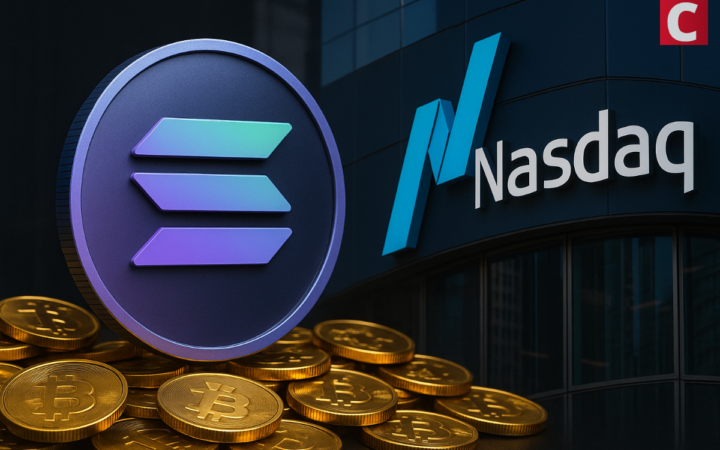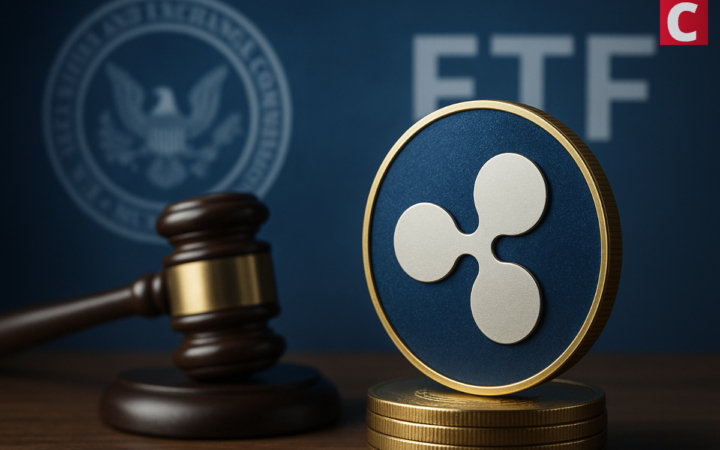First, Protostarr had to shut down its ICO on August 24, 2017 in response to the SEC’s demand. On Monday, September 4th, 2017, the breaking news came from China, where the regulators have effectively banned all ICOs in China.
The targeted Protostarr action contrasts starkly with the blanket Chinese ban which is likely to have a temporary chilling effect on the overall ICO market; the shockwaves are still resonating in the wake of the Chinese regulator’s decision. It is not unfathomable that the global ICO market will likely bounce back relatively quickly, but with far fewer, if any, Chinese businesses conducting their ICOs from Mainland China.
Historically, the SEC and other U.S. regulators have not been known to take such sweeping measures as the Chinese. They have a record of carefully balancing between protecting investors and supporting entrepreneurship on a case by case basis. The signal is clear: Companies planning their token sales will have to pay more attention than ever to the legal aspects of the process. That is why we at Cryptonomos advise that all companies aiming to do an ICO receive thorough legal advice.
Before diving into the Protostarr ICO it is useful to recall that the SEC applies the Howey test and several other tests to determine if a publicly offered instrument is a ‘security’ for regulatory purposes. The Howey test will deem a token a security if a token is offered for sale to a purchaser as an investment of money, with an expectation of profit, into a common enterprise where profit comes from the efforts of a promoter or third party. If a token is a security and it is offered to the public at large, then it must be offered under strict guidelines, and SEC requirements must be met. If they are not met, then a security can only be offered to accredited investors.
With so many ICOs running at any given time, why did the SEC single out Protostarr? Protostarr was offering its tokens to the public at large without restriction to accredited investors or otherwise, bringing it under the purview of SEC’s Howey scrutiny. Looking at the Protostarr White Paper, a few things stand out right away.
From the very first paragraph it offers a revenue split which is a form of passive income, “… automatically splits the channel’s revenue between investors and the content creators themselves.” This is a big red flag. Protostarr tokens are security instruments because token holders are getting passive income from the efforts of third parties. In this case, those are the content creators on Protostarrs’ platform.
Another red flag was that the tokens were promised to be issued immediately, without any mention of the platform’s availability for utilizing the company’s tokens. Marketing the tokens without an actual platform up and running means that they are being offered on the promise that a platform or business will eventually be built by developers to match the promises made to token holders during the their token’s ICO. Again, until the relevant platform is completed, token holders hold their tokens for almost entirely speculative value based on the efforts of third parties.
Finally, Protostarr had seemingly not consulted attorneys or risk specialists and had little if any meaningful guidance as to how to prepare and present itself to its investors. There was little if any product built out, a small if not bare bones team, scant marketing material for investor protection, and a poorly developed business model that did not integrate well with their plans to build out a blockchain service. They jumped the shark on issuing and selling tokens altogether, and for this the SEC got involved.
Any of these problem points alone would raise enough concern for the SEC to take action. I can only support the SEC decision to take an interest in the Protostarr offering and to protect investors. I hope Protostarr’s team will make the necessary adjustments and get things right the next time around. Entrepreneurship must be encouraged, but the SEC is demonstrating that there is a limit to how much entrepreneurs should pump the gas and that they must seriously consider the impacts upon public investors at large.
If a company chooses to structure their token sale as a tool to attract unaccredited backers, strict regulatory procedures need to be followed to avoid getting into hot water with regulators. At the very least, a token concept legal review must include the Howey test and general scrutiny over token marketing language used to describe the product to backers in the project’s White Paper and on its website. Solid legal analysis will prevent you from obvious mistakes and will protect you and your token holders while promoting a successful ICO.
Disclaimer: Coinspeaker is committed to providing unbiased and transparent reporting. This article aims to deliver accurate and timely information but should not be taken as financial or investment advice. Since market conditions can change rapidly, we encourage you to verify information on your own and consult with a professional before making any decisions based on this content.

Oleg Poskotin is the Head of Business Development at Cryptonomos, an ICO platform that helps to connect companies selling tokens with token buyers.





